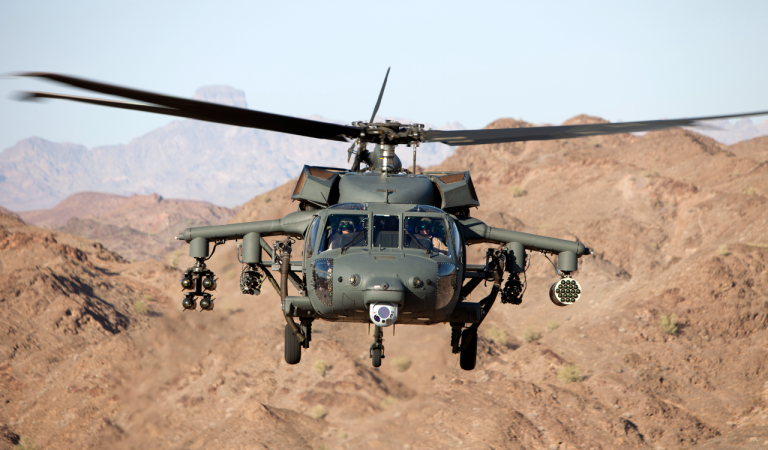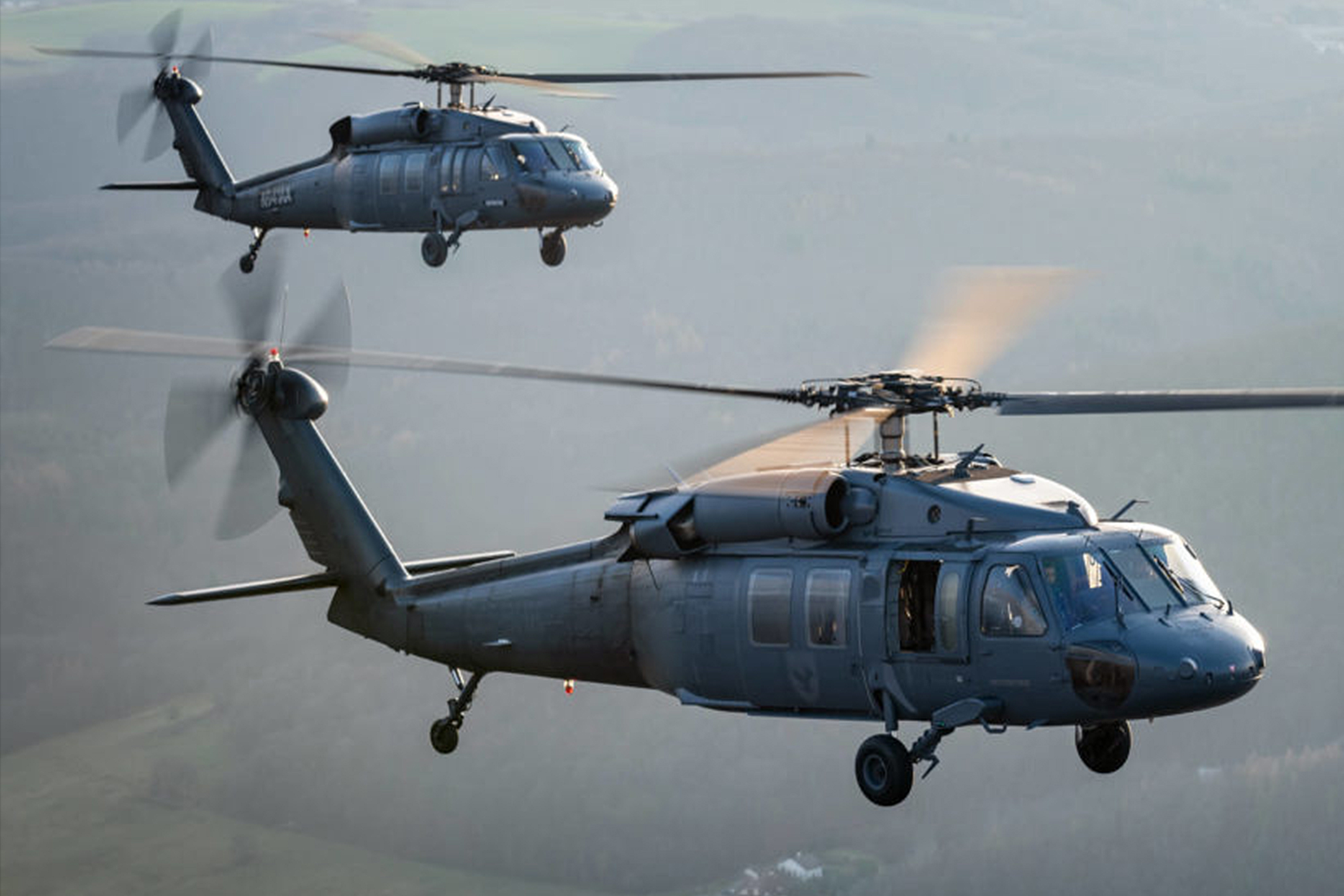The Relevance of the UH 60 in Armed Force Procedures and Calamity Alleviation Initiatives
The Relevance of the UH 60 in Armed Force Procedures and Calamity Alleviation Initiatives
Blog Article
Essential Realities and Insights About the UH-60 Helicopter
The UH-60 helicopter, a keystone of modern armed forces aeronautics, has advanced considerably given that its introduction in 1979. Distinguished for its versatility, it includes an innovative design that fits numerous operational demands, from army transport to medical emptying. Its innovative avionics and robust building and construction enhance both performance and safety in diverse settings. The effects of its design choices and functional capacities extend beyond the field of battle, affecting humanitarian missions worldwide. Understanding the ins and outs of the UH-60's duty exposes an intricate story of innovation and adaptation that values better exploration.
Background of the UH-60
The UH-60 Black Hawk helicopter was established in the late 1970s as part of the United States Military's effort to replace the older UH-1 Iroquois. The requirement for an extra flexible, durable, and capable airplane occurred from the lessons found out during the Vietnam Battle, where the limitations of the UH-1 became apparent. In 1972, the Army launched a program to obtain a brand-new energy helicopter, finishing in a competitive design phase that saw several manufacturers submit propositions.
Sikorsky Airplane was ultimately granted the contract in 1976, and the initial prototype of the Black Hawk took flight in 1974. Its layout focused on innovative innovation, including a four-blade blades system and a modular building that allowed for quick field maintenance and versatility to various objectives. Officially going into service in 1979, the UH-60 swiftly became the foundation of Army aeronautics, serving in a plethora of roles such as army transport, medevac, and logistical assistance.
Over the years, the Black Hawk has actually undergone different upgrades and modifications, strengthening its status as a crucial asset in army procedures around the world (UH 60). Its robust performance continues to meet the progressing needs of contemporary war
Style and Attributes
Including advanced engineering principles, the UH-60 Black Hawk features a smooth, wind resistant style that boosts its efficiency and performance. This twin-engine utility helicopter is characterized by its distinctive silhouette, with a high-mounted, four-blade main rotor system that offers exceptional lift and stability. The rotor blades are built from composite materials, contributing to their longevity and reducing maintenance requirements.
The fuselage is designed for optimal weight distribution and architectural honesty, permitting for an optimum gross weight of about 22,000 extra pounds. The cabin format promotes adaptable setups, fitting different objectives, from army transport to medevac operations. In addition, the cabin is outfitted with sophisticated avionics, including digital displays and multi-functional systems that enhance situational recognition.
The UH-60 additionally integrates composite materials in its airframe, which decrease radar cross-section and improve survivability in aggressive atmospheres. Its retractable landing gear streamlines the aircraft's account, additional contributing to its aerodynamic performance. On the whole, the thoughtful assimilation of style aspects and materials not only boosts the Black Hawk's functional capacities however also ensures that it remains a vital property for goals across diverse surfaces and conditions.
Operational Capacities


The UH-60 is geared up with advanced avionics and navigating systems, promoting procedures in difficult weather condition conditions and low visibility scenarios. Its durable style enables it to perform in severe and high-altitude temperature conditions, better expanding its operational range. The helicopter's twin-engine arrangement supplies redundancy and improved efficiency, ensuring integrity throughout vital objectives.
Equipped with innovative communication systems, the Black Hawk enhances situational understanding and sychronisation amongst my explanation armed forces units. In addition, its capability to conduct airborne reconnaissance and support close air assistance missions emphasizes its essential role on the combat zone. In general, the UH-60 Black Hawk's functional abilities are a testimony to its importance in modern army aviation, properly satisfying the needs of a rapidly advancing operational landscape.

Modifications and variants
Various variants and modifications of the UH-60 Black Hawk have been developed to meet particular objective requirements and enhance its operational convenience. One of the most significant variation is the UH-60L, which introduced upgraded engines, boosted avionics, and boosted freight capability. Additionally, the UH-60M alternative attributes progressed digital avionics, a more effective engine, and enhanced survivability systems, making it suitable for a wider selection of goals.
The HH-60G Pave Hawk is another specialized variant, designed for search and rescue procedures. It is furnished with advanced navigating systems, outside fuel containers, and medical evacuation capacities. Likewise, the MH-60R Seahawk is optimized for anti-submarine war and maritime operations, flaunting sophisticated radar and sonar systems.
Furthermore, the armed versions, such as the AH-60, are modified for straight attack duties, including tool systems like rockets and gatling gun. The UH-60's versatility is more showcased in its ability to be fitted with mission-specific equipment, including freight hooks for transport, army transport insides, and reconnaissance sensors.
These variations and modifications highlight the Black Hawk's essential function in modern armed forces procedures, showcasing its capability to adjust to evolving objective needs.
Role in Good Samaritan Initiatives
The UH-60 Black Hawk has tipped up to play an essential duty in humanitarian efforts around the world, demonstrating its adaptability past military applications. This multi-mission helicopter is furnished to perform a variety of objectives, consisting of clinical evacuations, catastrophe alleviation, and logistical assistance in challenging atmospheres.
During all-natural catastrophes, such as cyclones and quakes, the Black Hawk has verified invaluable for transferring relief materials and personnel to impacted areas. Its capability to run in austere conditions allows it to reach remote places that may be unattainable by ground transport, making certain prompt aid to those in demand.
Additionally, the UH-60 is frequently used for click site medical emptying objectives, quickly carrying hurt individuals to medical facilities. Its advanced medical capabilities, including room for clinical employees and devices, allow life-saving interventions during vital circumstances.
In international operations, the Black Hawk frequently collaborates with altruistic organizations, showcasing its adaptability and reliability. By leveraging its capabilities, the UH-60 not just sustains armed forces objectives but additionally plays a crucial duty in minimizing and saving lives suffering throughout altruistic crises worldwide.
Conclusion
The UH-60 helicopter has actually developed itself as a vital asset in army procedures because its introduction, identified by its robust design and functional abilities. Its various arrangements accommodate a wide array of objectives, from troop transportation to medical evacuation. The UH-60's payments extend past combat, playing a substantial function in altruistic efforts worldwide. The recurring development of this airplane underscores its importance in modern-day air travel and its versatility to satisfy diverse functional demands.
The UH-60 Black Hawk helicopter was created in the late 1970s as component of the United States Army's effort to replace the older UH-1 Iroquois.Incorporating sophisticated engineering concepts, the article UH-60 Black Hawk includes a streamlined, wind resistant design that improves its efficiency and performance.Optimized design and advanced engineering enable the UH-60 Black Hawk to succeed in a selection of operational roles. In general, the UH-60 Black Hawk's functional abilities are a testimony to its value in modern military aviation, efficiently satisfying the needs of a swiftly advancing functional landscape.
Numerous variants and adjustments of the UH-60 Black Hawk have actually been established to satisfy certain goal needs and boost its functional convenience.
Report this page